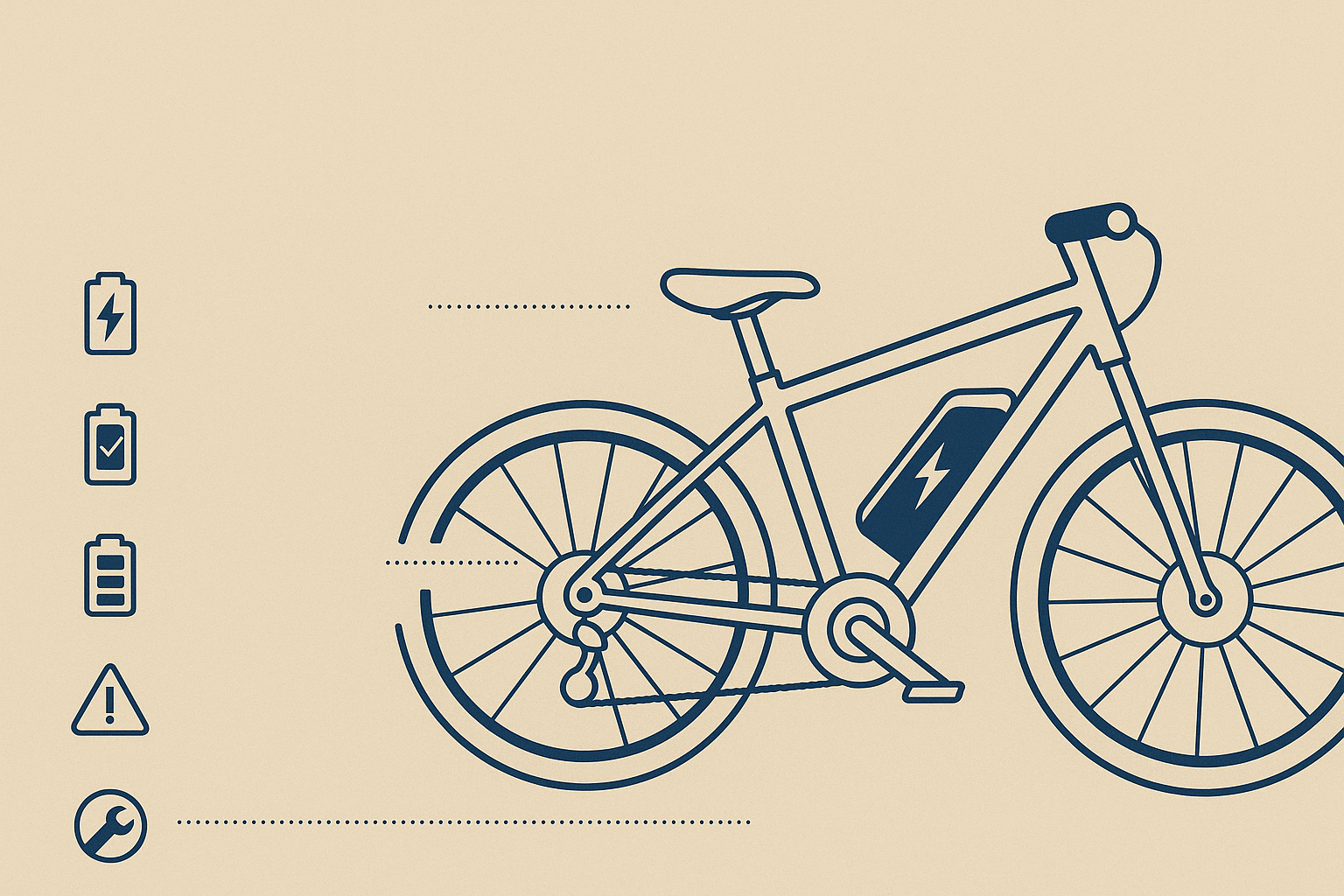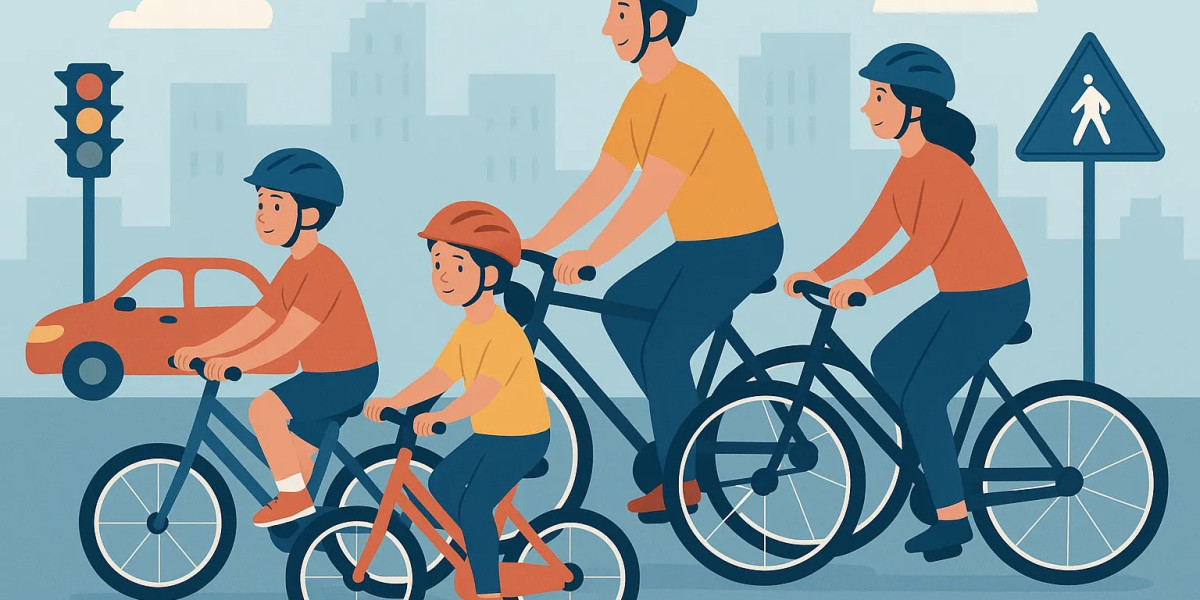In 2025, Germany has introduced important updates to its fahrrad verkehrsregeln deutschland 2025 regulations to improve safety, accessibility, and urban mobility for cyclists. These changes come as part of the revised Straßenverkehrsordnung (StVO) enacted in October 2024 and relate to new provisions for bike lanes, parking, speed limits, and the behavior of cyclists on roads. The goal is to create safer conditions for cyclists, promote sustainable transport, and adapt traffic rules to modern cycling trends across urban and suburban areas.
Enhanced Municipal Authority to Implement Cycling Infrastructure
One of the key highlights is the expanded powers given to municipalities. Since July 2025, local authorities can more easily establish bike lanes, dedicated bicycle streets, and cargo bike parking without needing to prove an existing high-risk situation. Instead, they can justify these measures based on broader priorities like climate protection and urban development. This flexibility is expected to lead to more cycling-friendly street layouts and safer, more contiguous cycling networks substituting car parking spaces where necessary.
New Rules on Speed Limits Affecting Cyclists and Motorists
The law now encourages municipalities to designate more Tempo-30 zones, speed limits of 30 km/h, primarily to increase safety on streets shared with cyclists. Lower speed limits help reduce accident severity and allow cyclists to share the roads or bike lanes with greater confidence. This primarily benefits urban areas where mixed traffic flow is common. The speed limit changes indirectly regulate situations like whether cyclists can ride side-by-side (nebeneinanderfahren), balancing their usability with motor vehicle traffic flow.
Radwegebenutzungspflicht (Bike Lane Usage Obligation) Revisited
The obligations for cyclists to use official bike lanes have been clarified. Only bike lanes marked with specific blue signs (like Zeichen 237, 240, or 241) require mandatory use. If no explicit signs are present, cyclists may choose to ride on the roadway or the bike path, depending on what is safer or more convenient. This amendment reflects a shift from older rules that mandated bike path use regardless of conditions. Importantly, if marked bike paths are blocked, damaged, or blocked by parked vehicles, cyclists are not obliged to use them.
Nebeneinanderfahren (Riding Side by Side) Regulations
Cyclists are allowed to ride next to each other on the road, but only if it does not hinder other traffic participants. The municipal authorities closely monitor this aspect to avoid traffic congestion and ensure safety. Riding abreast enhances social cycling and accommodates slower riders but requires conscientious behavior when motor vehicles approach or traffic conditions are tight. The updated rules stress mutual respect between cyclists and motorists to reduce conflicts.
Revised Rules on Riding on Sidewalks and Pedestrian Zones
The general prohibition on cycling on sidewalks and pedestrian zones remains, but concessions exist for specific cases. Children under eight years old may be accompanied by adults on sidewalks. Unauthorized cycling in pedestrian areas now comes with increased fines, especially if it leads to obstruction or danger for pedestrians. The authorities seek to reinforce safe coexistence by stressing the appropriate use of cycling spaces and discouraging risky riding in crowded pedestrian areas.
Obligations Regarding Bicycle Parking and Cargo Bikes
The 2025 regulations also improve provisions for bicycle parking, including cargo bikes, which are increasingly popular. Municipalities are encouraged to develop dedicated parking spaces to accommodate these larger vehicles safely and efficiently. Providing parking solutions is part of a broader strategy to facilitate last-mile deliveries with cargo bikes and reduce reliance on motorized delivery vehicles in city centers.

Regulations on E-Bikes and Pedelecs in Traffic
E-bike users share many of the same rules as traditional cyclists, but new clarifications address the growing diversity in e-bike categories. Regular pedelecs (with pedal assist) can use bike lanes and are subject to the same rights and duties as conventional bicycles. However, faster S-Pedelecs, which can travel at speeds up to 45 km/h, are generally not permitted on bike paths and must use roads unless otherwise designated. Users should also be aware of updated safety requirements for helmets and lights.
Penalties and Fines for Traffic Violations by Cyclists
The updated StVO includes adjusted fines for traffic violations involving cyclists, emphasizing road safety. For example, failing to use a marked bike path, riding in the wrong direction, or obstructing other road users can result in fines starting around 20 euros, rising with increased severity or accidents. Riding on sidewalks illegally can lead to fines up to 100 euros if it causes danger or accidents. Authorities use these sanctions to encourage compliance and promote safer cycling habits.
In sum, the fahrrad verkehrsregeln deutschland 2025 aim to modernize and balance cycling with other traffic modes, ensuring safer streets while supporting environmental and urban sustainability goals. Cyclists, motorists, and pedestrians alike benefit from these clearer, more flexible, and safety-oriented regulations.
If you are a cyclist in Germany, staying informed and adapting to these new rules will help you ride more safely and enjoy Germany’s evolving cycling landscape with confidence. Fahrrad Tipps encourages all cyclists to familiarize themselves with their local implementations of these legal updates as municipalities may roll out specific measures tailored to their city or region.








